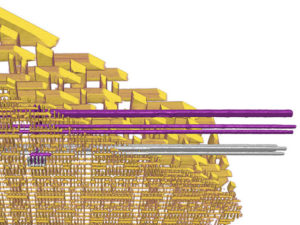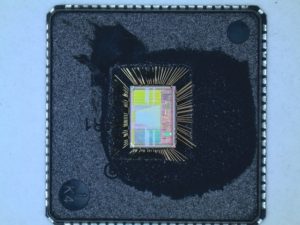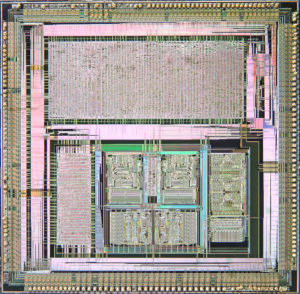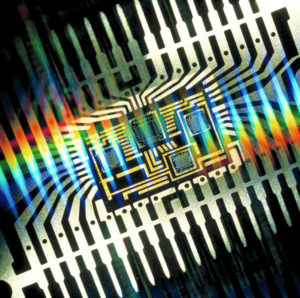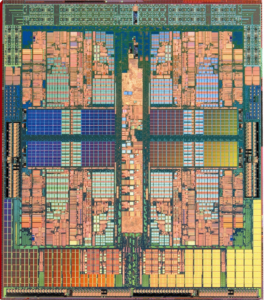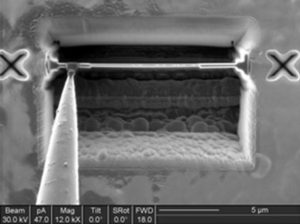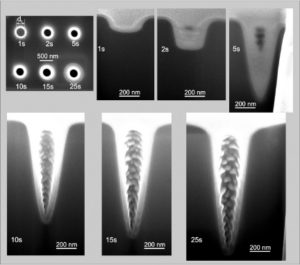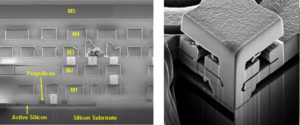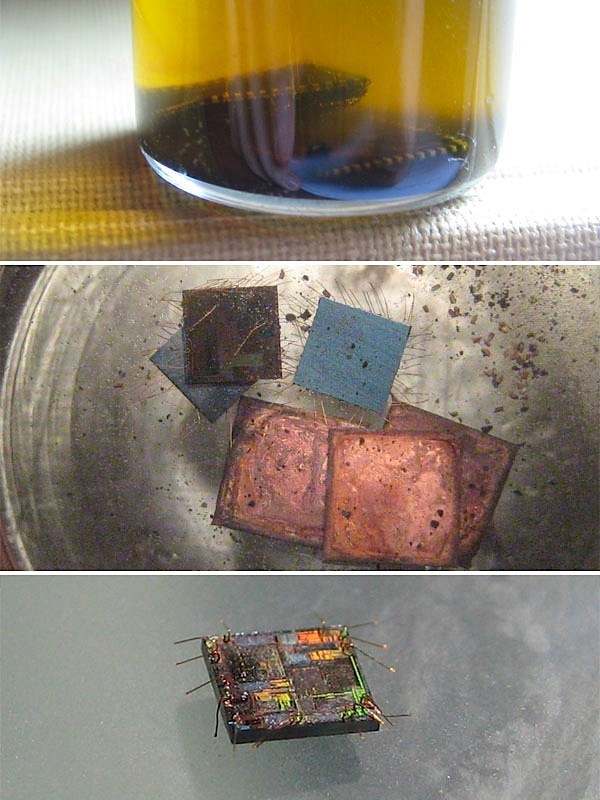Crack MCU PIC18LF14K50 Software
Crack MCU PIC18LF14K50 Software from embedded memory, which include eeprom and flash memory, read the firmware out from its storage system and make a perfect clone units
In the Full-Bridge mode, the P1M1 bit in the CCP1CON register allows users to control the forward/reverse direction. When the application firmware changes this direction control bit, the module will change to the new direction on the next PWM cycle.
A direction change is initiated in software by changing the P1M1 bit of the CCP1CON register. The following sequence occurs prior to the end of the current PWM period:
· The modulated outputs (P1B and P1D) are placed in their inactive state.
· The associated unmodulated outputs (P1A and P1C) are switched to drive in the opposite direction.
· PWM modulation resumes at the beginning of the next period.
The Full-Bridge mode does not provide dead-band delay. As one output is modulated at a time, dead-band delay is generally not required. There is a situation where dead-band delay is required. This situation occurs when both of the following conditions are true:
1. The direction of the PWM output changes when the duty cycle of the output is at or near 100%.
2. The turn off time of the power switch, including the power device and driver circuit, is greater than the turn on time.
Figure 14-11 shows an example of the PWM direction changing from forward to reverse, at a near 100% duty cycle. In this example, at time t1, the output P1A and P1D become inactive, while output P1C becomes active. Since the turn off time of the power devices is longer than the turn on time, a shoot-through current will flow through power devices QC and QD (see Figure 14-8) for the duration of ‘t’.
The same phenomenon will occur to power devices QA and QB for PWM direction change from reverse to forward. If changing PWM direction at high duty cycle is required for an application, two possible solutions for eliminating the shoot-through current are:
Reduce PWM duty cycle for one PWM period before changing directions.
Use switch drivers that can drive the switches off faster than they can drive them on. Other options to prevent shoot-through current may exist.
When any PWM mode is used, the application hardware must use the proper external pull-up and/or pull-down resistors on the PWM output pins. The CCP1M<1:0> bits of the CCP1CON register allow the user to choose whether the PWM output signals are active-high or active-low for each pair of PWM output pins (P1A/P1C and P1B/P1D). The PWM output polarities must be selected before the PWM pin output drivers are enabled.
Changing the polarity configuration while the PWM pin output drivers are enable is not recommended since it may result in damage to the application circuits. The P1A, P1B, P1C and P1D output latches may not be in the proper states when the PWM module is initialized. Enabling the PWM pin output drivers at the same time as the Enhanced PWM modes may cause damage to the application circuit.
The Enhanced PWM modes must be enabled in the proper Output mode and complete a full PWM cycle before enabling the PWM pin output drivers. The completion of a full PWM cycle is indicated by the TMR2IF bit of the PIR1 register being set as the second PWM period begins.
Tags: crack mcu binary archive,crack mcu binary code,crack mcu binary content,crack mcu binary data,crack mcu binary eeprom,crack mcu binary file,crack mcu binary firmware,crack mcu binary information,crack mcu binary memory,crack mcu binary program


